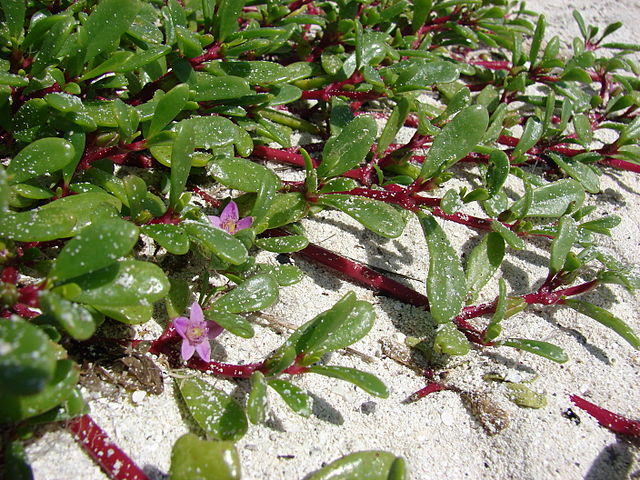
A herb that grows abundantly in coastal areas can be used to rid the soil around nuclear plants of caesium, a radioactive by-product of reactors, says a new study.

A herb that grows abundantly in coastal areas can be used to rid the soil around nuclear plants of caesium, a radioactive by-product of reactors, says a new study.
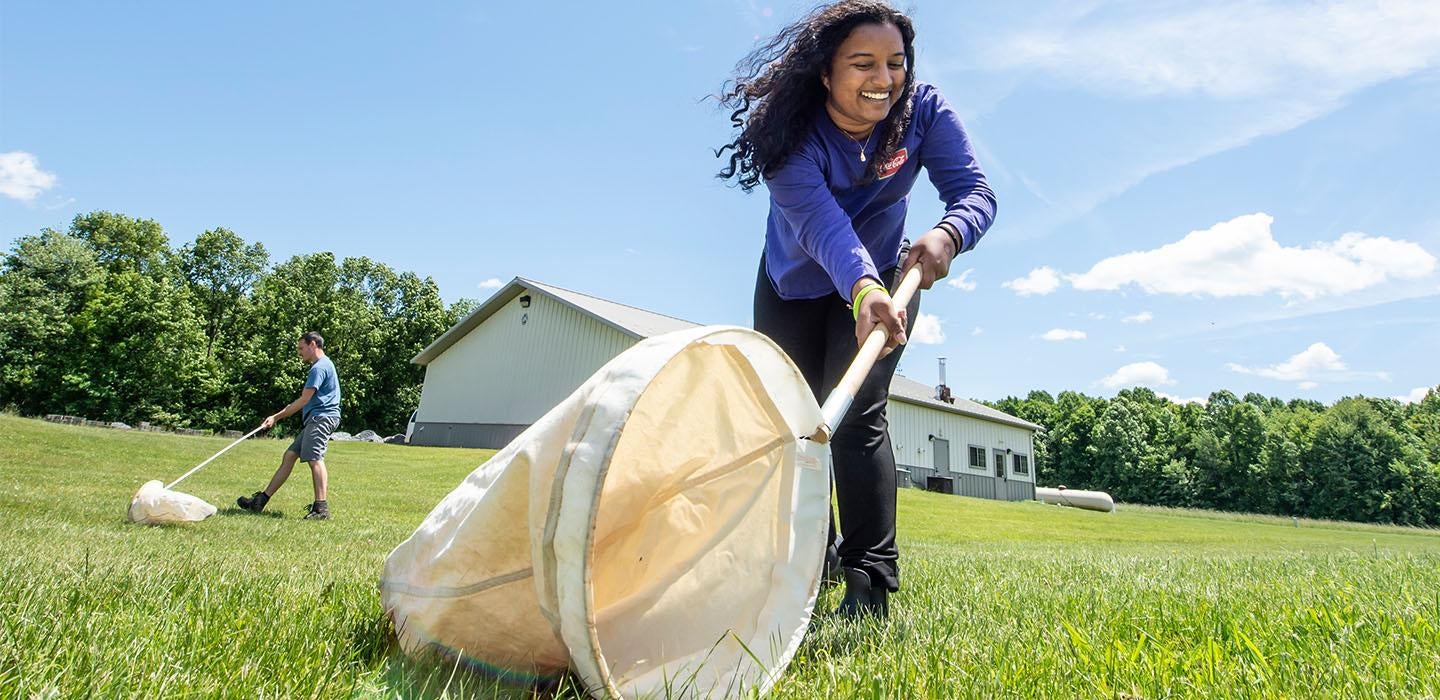
Doing research outside of the lab is important to career advancement in scientific fields like ecology, geology and paleontology, but it comes with a host of unique challenges. That’s why a team developed a guide for making fieldwork safer and more equitable, especially for researchers from marginalized groups.
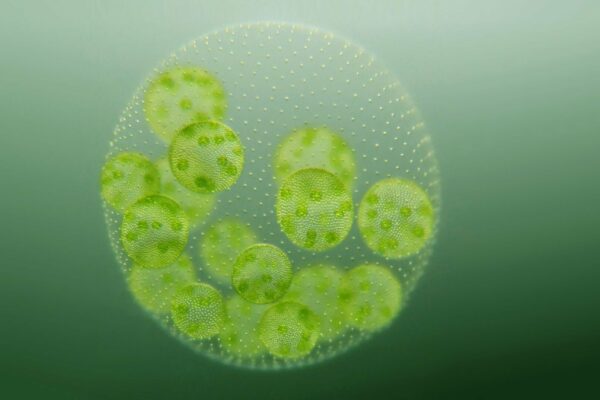
Cell division ensures growth or renewal and is thus vital for all organisms. However, the process differs somewhat in animals, bacteria, fungi, plants, and algae. Until now, little was known about how cell division occurs in algae. Researchers have used confocal laser scanning microscopy (CLSM) to capture the very first high-resolution three-dimensional images of cell division in live cells of the microalga Volvox carteri, and have identified new cellular structures involved in the process.
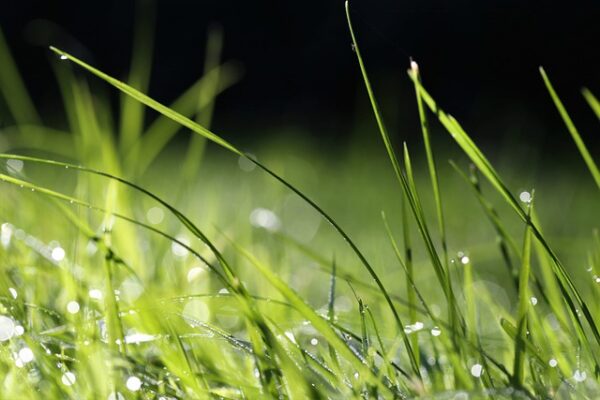
Live imaging of microbes in soil would help scientists understand how soil microbial processes occur on the scale of micrometers, where microbial cells interact with minerals, organic matter, plant roots and other microorganisms. Because the soil environment is both heterogeneous and dynamic, these interactions may vary substantially within a small area and over short timescales.

Angiosperms may be distinguished from their gymnosperm peers by their flowers, and thus a flower is a good proxy of fossil angiosperms. However, flowers and their parts are usually too frail to be preserved in the fossil, which makes the origin of angiosperms and their flowers the foci of controversy. Recently, researchers reported a fossil flower bud, Florigerminis jurassica gen. et sp. nov., from the Jurassic in Inner Mongolia, China. This is the earliest fossil record of flower buds in the world so far.
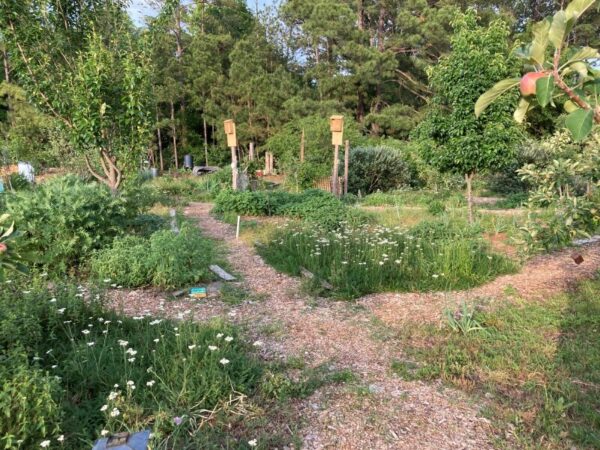
Today’s cities don’t have walls for protection like ancient ones, but they are separate from less urban and rural land. Most goods that city-dwellers purchase are brought in from rural farms and manufacturers. There is an active community of urban gardeners and landscape architects who are trying to bring more of the “country” back into the city. And for good reason. Urban landscapes combining trees and crops – urban agroforestry – can offer ecological, cultural, economic benefits and more.
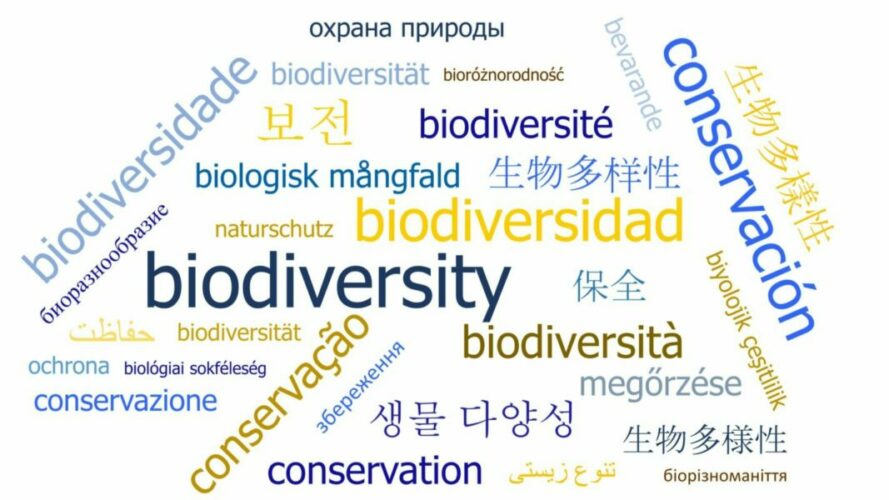
It is commonly assumed that any important scientific knowledge would be available in English, and so scientific knowledge used in international studies is predominantly sourced from English-language documents. But is this assumption correct? According to new research the answer is no, and science written in languages other than English may hold untapped information crucial to the conservation of global biodiversity.

A grass commonly used to fight soil erosion has been genetically modified to successfully remove toxic chemicals left in the ground from munitions that are dangerous to human health, new research shows.

New techniques allow live-observation of forming cell walls in the vascular tissue. The so-called xylem, also known as wood, is a network of hollow cells with extremely strong cell walls that reinforce the cells against the mechanical conflicts arising from growing tall. These walls wrap around the cells in filigree band and spiral patterns. So far, it is only partly known, how these patterns are created. Scientists recently study the formation of such reinforced and patterned cell walls.

The 3D structures of these large protein assemblies – the first described for any plant species – are a step towards being able to develop improved herbicides that target plant respiration. They could also aid the development of more effective pesticides, which target the pest’s metabolism while avoiding harm to crops.